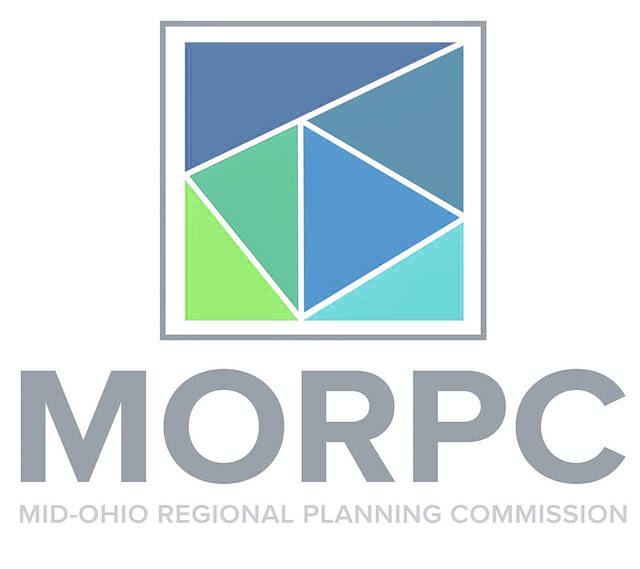
COLUMBUS — As part of the Mid-Ohio Regional Planning Commission’s (MORPC) ongoing work to understand the effect that COVID-19 and protocols to contain it had on MORPC’s areas of focus – including transportation and sustainability – data that show the impacts during the period of March through May have been made available.
“COVID-19 led to dramatic changes in how central Ohioans have worked and traveled,” said Thea Ewing, MORPC director of transportation & infrastructure development. “Not only have there been fewer people driving on our roads, but also significant effects related to air travel, cargo, public transit and air quality.”
Among the findings, which can be viewed at morpc.org/covid19-impacts, are:
• Average daily traffic dropped significantly in mid-March throughout the region and has gradually increased since then.
• Speed reduction during peak travel periods lessened, meaning traffic congestion was less significant and travelers could travel at posted speed limits.
• Weekly passenger flow for air travel was reduced significantly – up to 97% compared to 2019.
• Air cargo pounds decreased – most significantly in January, before COVID-19 was confirmed in Ohio – as a result of COVID-19’s impact on countries that have imports and exports moving through local airports.
• Central Ohio Transit Authority (COTA) service and ridership decreased significantly for fixed route service, core Mainstream service and Mainstream on-demand service. These have gradually increased since.
• Delaware County Transit service decreased, with ridership reduced to 30% of its typical ridership.
Relatedly, there are positive aspects when taking sustainability into consideration:
• Columbus and Franklin County Metro Parks visits, as well Central Ohio Greenways trail use, increased 35% in April as compared to April 2019.
• Ozone pollution, which is monitored by MORPC, is eight percent below its five-year average and running at near 20-year low values. This is a result of fewer vehicles emissions as well as an especially rainy spring.
“This pandemic has certainly shown us that residents value and appreciate our public amenities, such as parks and trails,” said Dr. Kerstin Carr, MORPC director of planning & sustainability. “We will continue to work with our partners to enhance our greenways and greenspace systems so that more people have access and can continue to take advantage of sustainable opportunities even after the health crisis passes.”


